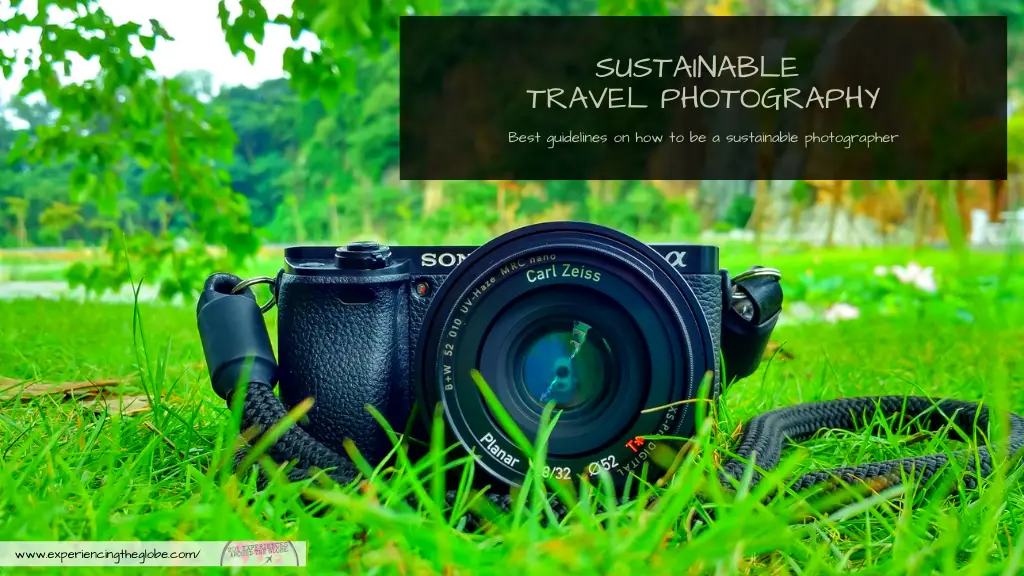

For my last post I asked travel bloggers for their best sustainable travel tips, and it turned out to be an amazing guide to be a more responsible traveler. I was writing about sustainable travel photography as a part of that post, but it I decided to publish it separately to emphasize the importance of the matter.
Travel photography is one of my biggest passions, and in a world where Instagram rules, I suffer seeing what people are capable to do to get “the perfect shot”. As I think it’s important to follow some basic guidelines for eco-friendly photography, I’ll leave you my best guidelines on how to be a sustainable travel photographer.
Sustainable travel photography tips
Ask the people you wish to photograph and avoid sneaking shots
Landscapes can be gorgeous, but I think that the best travel shots are portraits. When you can capture the essence of a place through the facial expression of a local, you know you have an amazing photograph in your hands. But the way you get it is just as important as the result.
Sneaking a shot is always disrespectful (for sure you wouldn’t want it to be done to you), but in some cases it can be even against the local culture. There are some tribes that believe that being photographed will steal their souls. For some you might be making a circus out of their lives. So, as a rule of thumb, always ask. Language is not a barrier –show your camera and point at them, almost everyone will understand what you mean. Some people will say no, some will ask for money, but most will be happy to pose for you.
Bear in mind that if you photograph children you must have their parents’ consent, including their permission to exhibit your work (even if you only plan on posting on social media).
If you offer people to send the shot, make sure you do. While traveling you will meet hundreds of people, so it might not be your number one priority, but they will be waiting because probably you were the only tourist that asked for a photo. You get a nice souvenir, they get a nice picture taken. Win-win. But only if you follow through with your promise.
Don’t destroy nature
I’ve seen quite a few people cutting flowers from fields (or even worse, rolling down the field) only to take a photo and then throwing them away; going into lakes or waterfalls where it’s prohibited to go –and contaminating the water in the process– to get a pic of their feet in the transparent water; or cutting a tree’s branch because it was in their frame. I always approach them and explain that a photo is not worth the damage they’re causing. Usually the answers is “it’s just a couple of flowers” or “it’s only a little branch” (the best one was “don’t worry, I took a shower in the morning”). What they fail to see is that if every one of us cut a few flowers, then there are no more flowers.
The popular saying “leave nothing but footprints, take nothing but memories” should always be a mantra. If your memory is not so good, a photo will do, but make sure you leave everything exactly the way you found it.
The NGO Leave No Trace has a set of guidelines “to sustain healthy, vibrant natural lands for all people to enjoy, now and into the future”. They explain that the Seven Principles of Leave No Trace provide an easily understood framework of minimum impact practices for anyone visiting the outdoors. They even point out a worrying statistic: 9 out of 10 people in the outdoors are uninformed about their impacts. If we like outdoors photography, it should mean we love nature, so it’s up to us to set a good example!
The Seven Principles of Leave No Trace
Plan ahead and prepare
Travel and camp on durable surfaces
Dispose of waste properly
Leave what you find
Minimize campfire impacts
Respect wildlife
Be considerate of other visitors
RELATED POST → Eco-friendly hiking: sustainable tips and packing guide
Don’t disturb the wild animals
One of the things I enjoy the most about traveling is coming across wild animals. There’s little in life that makes me happier than seeing a furry friend in its natural environment. So, when I have the opportunity to capture the moment in a picture, I’m even happier. But I’m conscious that there’s a line no one should cross. If you’re photographing wild animals follow these simple rules: let them come to you, don’t disturb their environment, reflect on the possible impact of your actions, and remember that you are a visitor in their land.
We all saw the footage of a drone recording a bear cub falling down a snowy slope while its mother was doing everything in her power to help her little one. And read the many stories of dolphins being dehydrated to death while being passed around people taking selfies with them. There’re many more stories like these: a woman killed a swan after dragging it out of a lake, a couple of men injured a shark taking it out of the sea (that most likely died later on), a turtle was stepped on and beaten after being pulled from the ocean. The stories go on and on.
That should be enough to discourage you, but there’s much more. Some birds might abandon their young if the nest is disturbed, slow lories will die if taken out of their natural environment, lifting a starfish will probably kill it because we carry bacteria in our hands that’re lethal for them. There’re even some species that feel in danger every time they’re approached.
If you are really into wildlife photography, get a better zoom and shoot from the distance. If your camera skills are rather limited, just enjoy the wonders of the creature you’re witnessing –I’m sure you’ll find a much better photo online than the one you could take anyways.
Make sure that you always follow the regulations (there’s a reason behind off-limits signs), abstain if you’re not sure, and whatever you do, don’t jeopardize the wildlife you’re trying to capture.
Obey the rules around historical sites
It’s simple. It says “don’t trespass” for a reason. If an area is fenced off, most likely it’s because there’s growing vegetation, or there’s an excavation site. Even if there’s no obvious reason and you feel like you know better, let me tell you, you don’t. I understand, the shot could be much better just two steps beyond the barrier, but instead of getting frustrated use your creativity –you might end up with a unique photo from an unexpected angle. Just make sure you do it from the permitted area.
Same goes for the places where the use of flash is prohibited. The “it’s just one photo” excuse is a horrible one. Just one multiplied by the thousands of people that visit the site does, in fact, hurt. We’re able to enjoy art that’s centuries old because of the “annoying” signs. Make sure future generations get to enjoy it too.
Don’t geotag
When a hidden gem gets discovered, people arrive by the busloads. It’s bad when it happens to cities (ask the people that live in Venice or Dubrovnik if you don’t believe me), but it can have catastrophic consequences when it happens to nature. The wilder the places are, the worse. These places have no infrastructure to receive the approaching crowds –which translate into people destroying flora only walking by, human pee and poop spoiling the soil, trash being left behind altering the ecosystem, and animals losing part of their natural habitat.
For that reason, it’s better to simply mention a general location, like a region or a state, but not post or share GPS coordinates.
Don’t get me wrong, if you fell in love with a place you saw in a photo, by all means go visit it. The problem arises when people travel to these places because they’re trendy, not because they particularly care about seeing them. Think about this: Indonesia has over 17.000 islands and The Philippines another 7000. Why everybody goes to Bali and Boracay?
When it comes to the location of wildlife, the not-geotagging suggestion becomes a must. Even in national parks, where obviously hunting is prohibited, there have been many reports of people doing so because they found the specific location of an animal through social media. Sherwin Banda, the president of Africa Travel Inc, said in an interview that “poachers are now using unsuspecting tourists to hunt their prey […] While on safari, tourists post photos of animals to social media sites, not realizing that embedded within the post or the photo is a geo-tag containing the GPS location of the photo. This allows poachers to track animals of value”. A simple label can endanger the life of the animals, so be extremely careful with sharing this info.
We were talking before about leaving no trace. Think of this as leaving no digital trace.
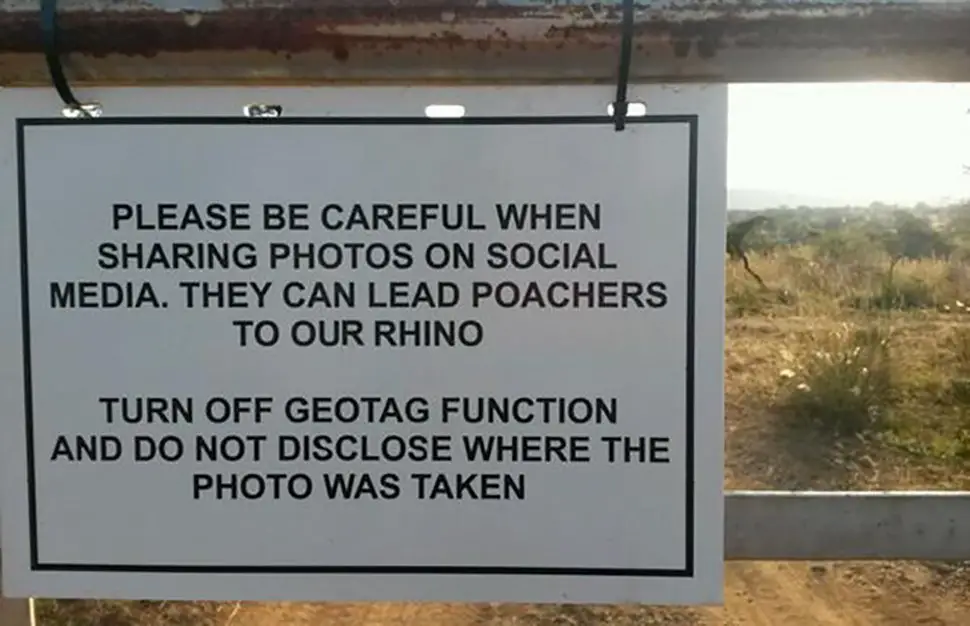
Don’t be afraid to stand up to others
If you see someone doing something wrong, tell them! It’s not always easy to approach a stranger to correct their actions, but if we know better, we need to take the responsibility of educating other. Most people won’t even be aware that what they’re doing is inappropriate, nor about the consequences of their actions, so if they hear advice from someone that seems to know what he/she is taking about and that approaches them in a polite way, most likely they will have a positive reaction.
Don’t only take pretty pictures
We all love to see photos with beautiful aesthetics and of picturesque places (to the point that insta tourism became a thing!), but we know that in numerous occasions that’s not how reality looks like. So don’t be afraid to shoot the ugly. Your photo will capture the truth about a place, and will do much more to inform your audience than another perfect shot. You’ll also gain points for originality!
If you think about it, the more known photographs in history have been those depicting the ugly truth, whether that’s a starving child, an abused animal, or a polluted sight. They hurt, but they serve the important purpose of creating consciousness about the issue.
Mind your equipment
Photography is not a sustainable activity per se. There’re tons of batteries that need to be disposed and a lot of electronic waste, especially nowadays that there’s new technology being launched more and more rapidly. Because of this, we need to be particularly conscious about the decisions we make.
A simple way to be a more sustainable photographer is by using rechargeable batteries. You can even get a portable solar panel to charge them. Also, when buying new equipment, get items of good quality so they last longer, this way you won´t need to replace them too often. And be conscious about the weight of what you get. Not only it’ll be uncomfortable to carry many kilos of equipment, but every extra gram will increase your carbon footprint while on the road. For instance, I chose to get a mirrorless camera for traveling instead of a DSLR. I get all the functionality I need with less than half the weight.
Buying second-hand products helps a lot as well. You won’t risk getting a used memory card, I get it, but maybe a gently used lens or tripod could be a great way of contributing to the environment (and your pocket too!).
When it comes to sharing your work, think about whether you really need to print it. If you love scrapbooks and will show them to anyone that expresses the sightless interest in seeing them, then go for it (but look for an eco-friendly company!). If you know that all those prints will end up in a drawer collecting dust, then think again.
Bonus – Get a sustainable photographer
It has become very popular to hire a local photographer to get professional pics taken while traveling. It’s a great way to make sure you have beautiful photos of yourself in your destination, and a fun way to spend a few hours going around the place with someone that knows where the best spots are.
If you’re hiring a photographer (heads up, I’m available, just send me a message to coordinate!), look for one that cares about sustainability. In order to get a good shot (and justify their fees) many photographers will ignore every one of the aforementioned tips. But one can get great quality pictures without compromising one’s principles –just do some research to get a hold of one of the many ethical photographers out there.
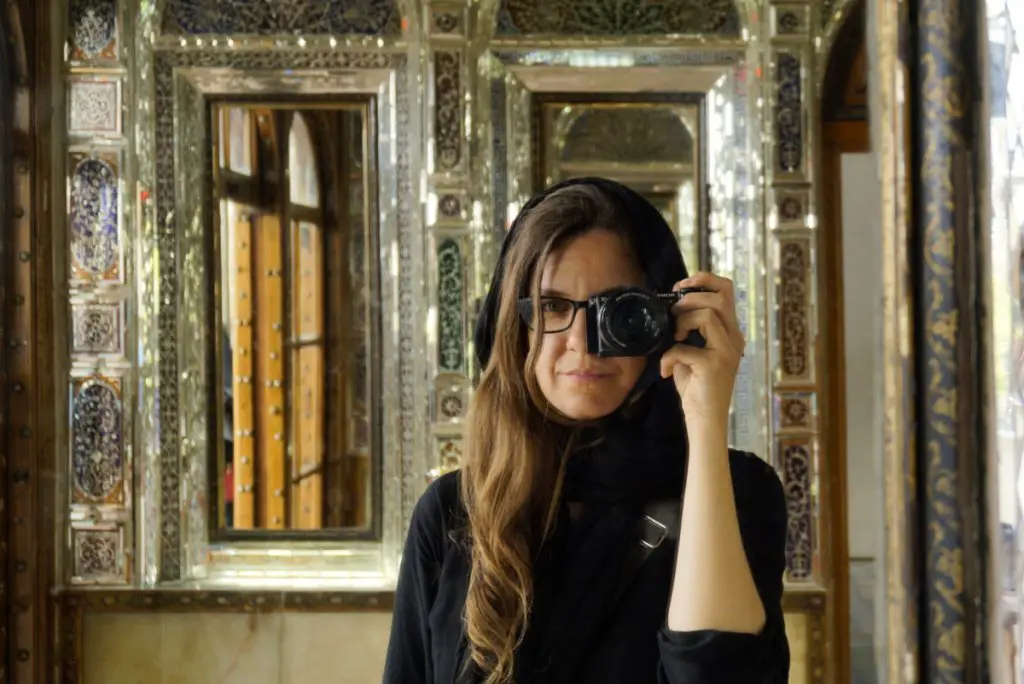
RELATED POSTS:
- The Ultimate Guide to Sustainable Travel
- Eco-friendly hiking: sustainable tips and packing guide
- Vegan travel: Sustainability and the most veg friendly destinations
Liked it? Want to read it later? Pin it!
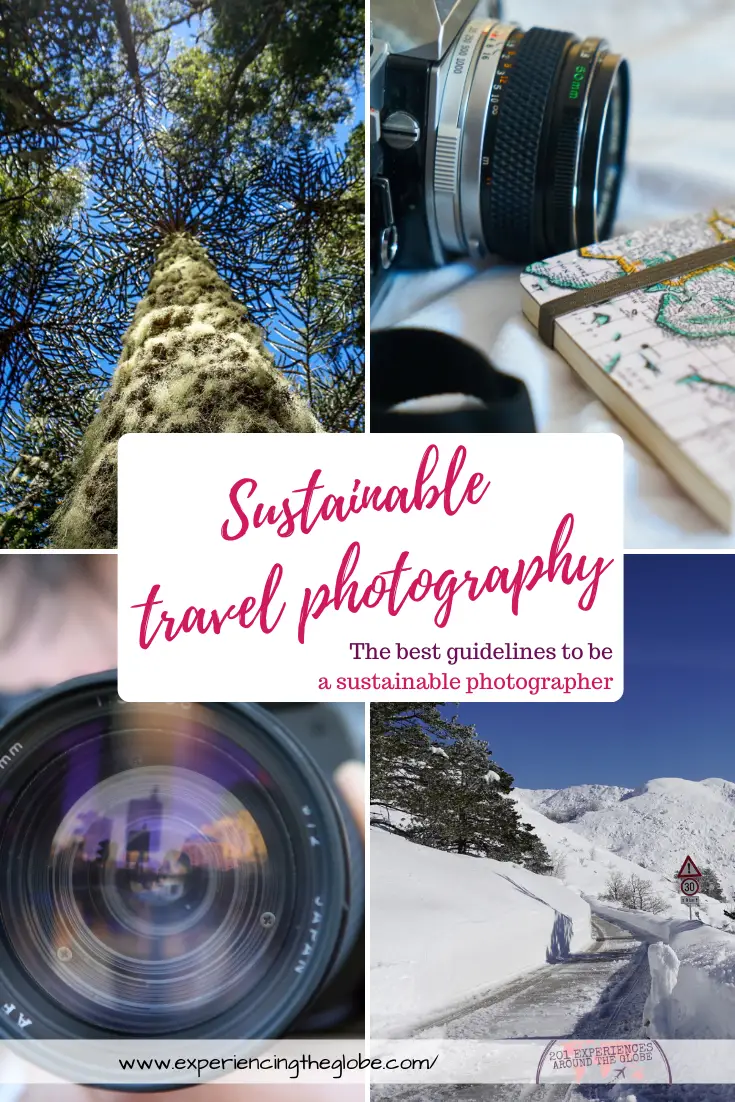
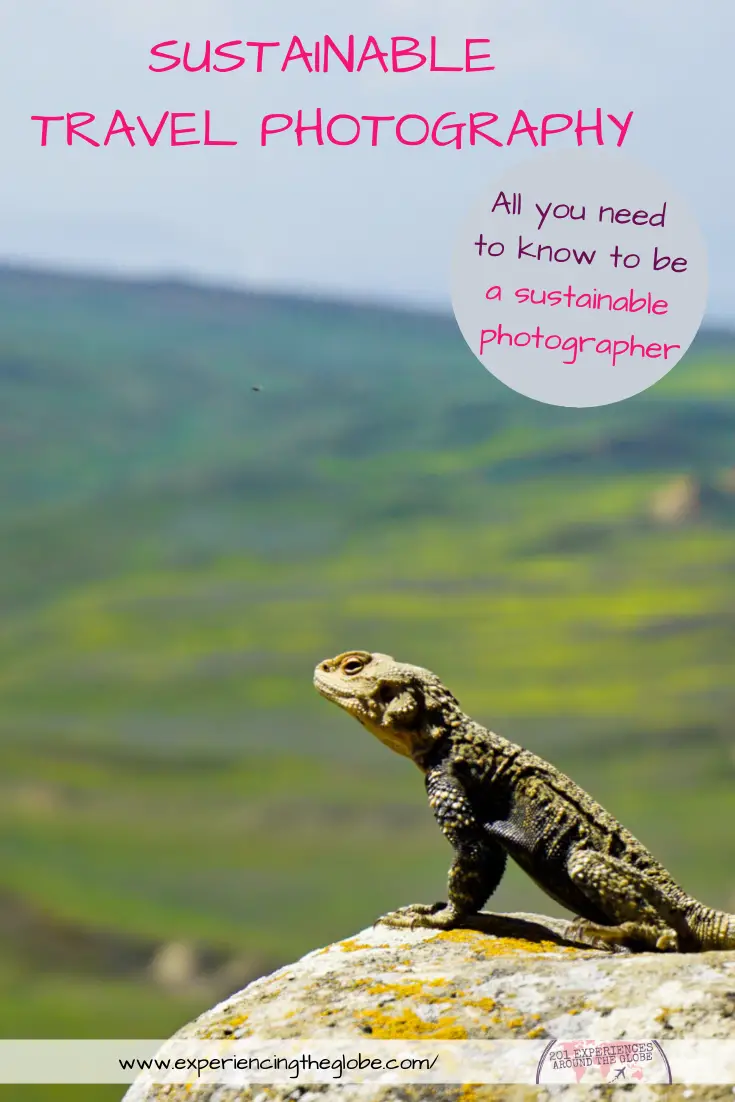
Did you like what you read? A lovely way to show your appreciation is by buying me a coffee 🙂
Your support will ensure I keep bringing you stories and insights from around the world! Thanks so much!

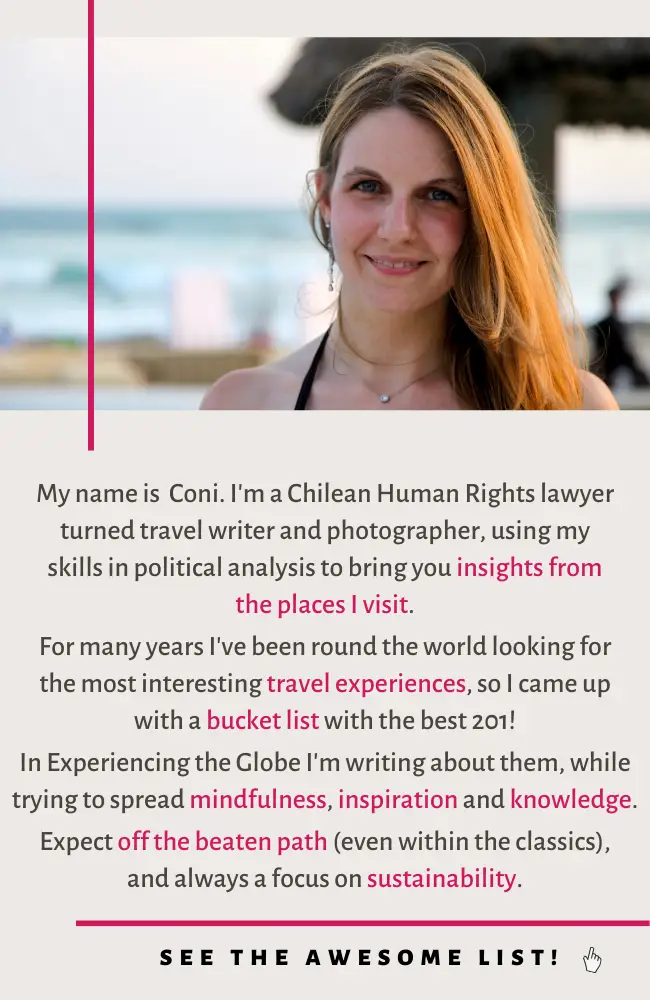

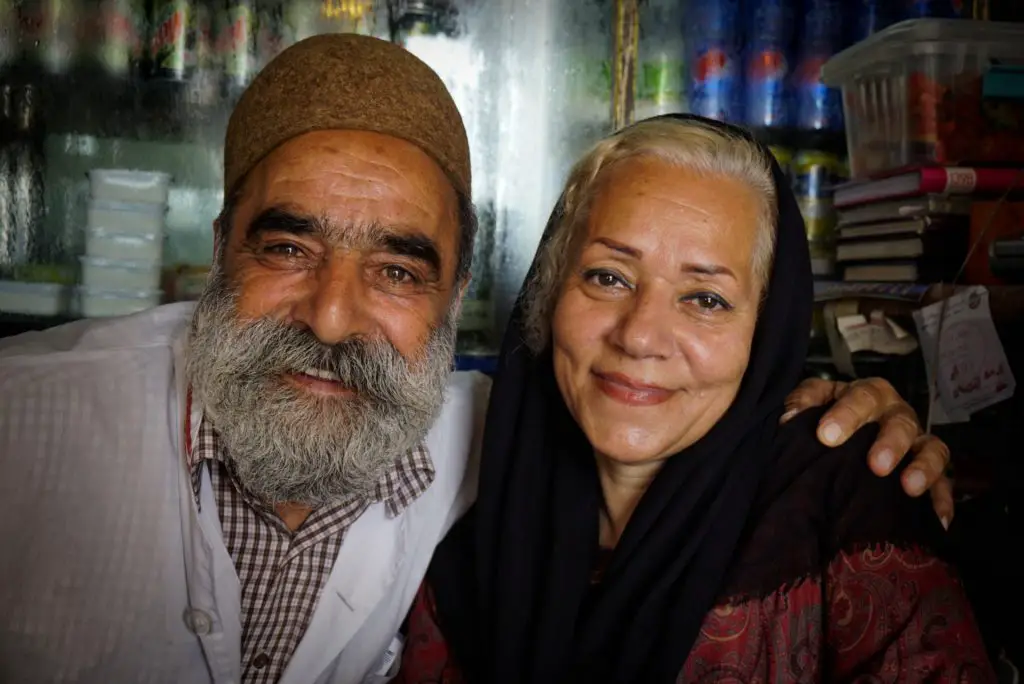
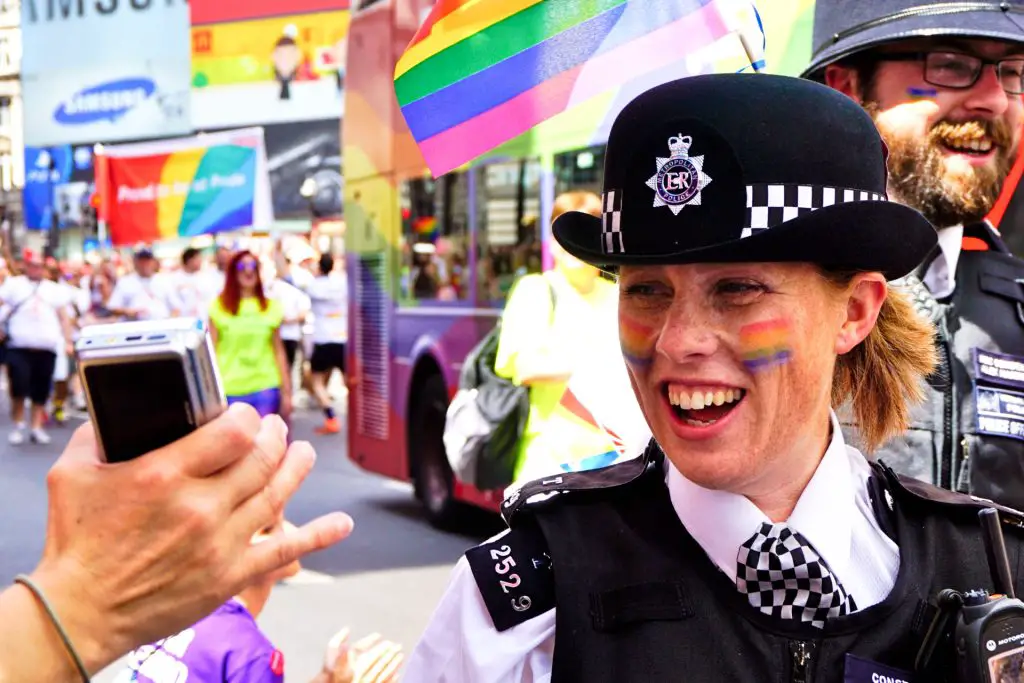



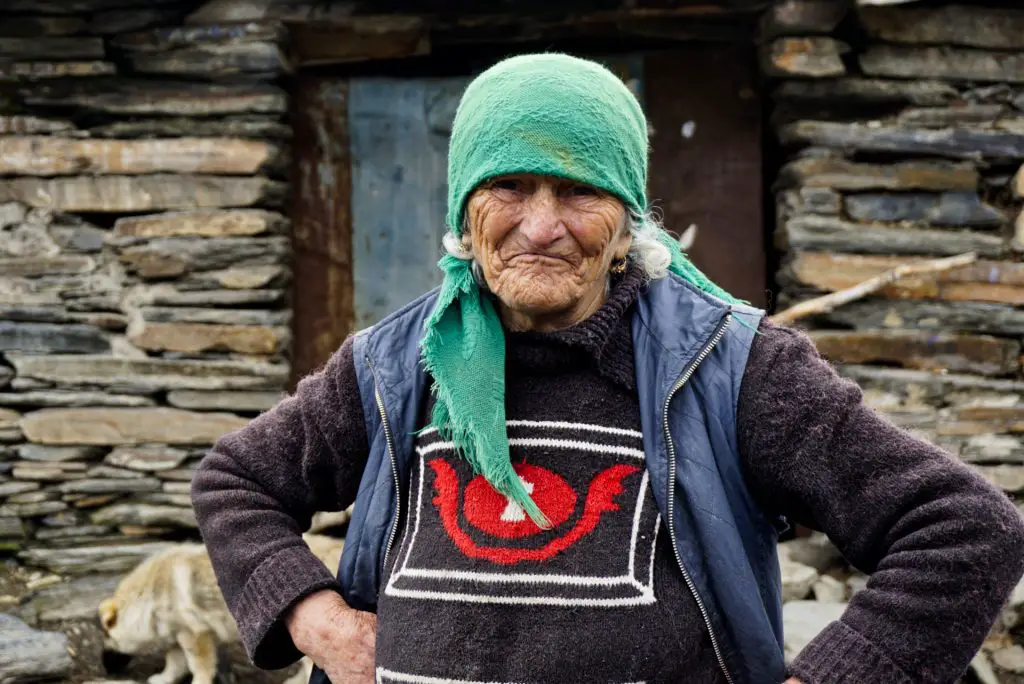
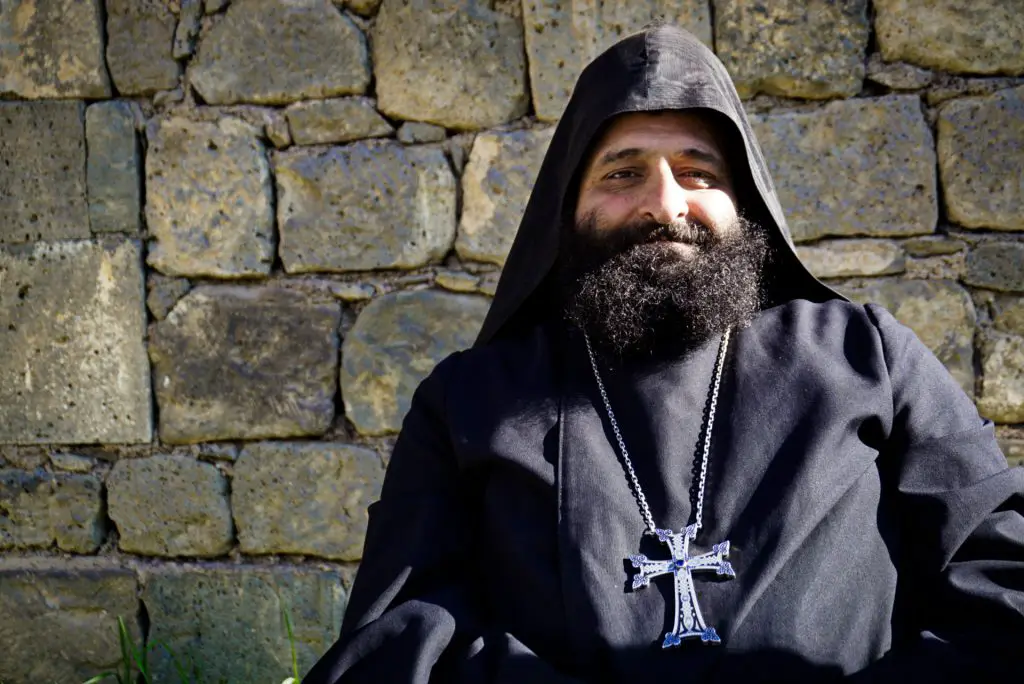
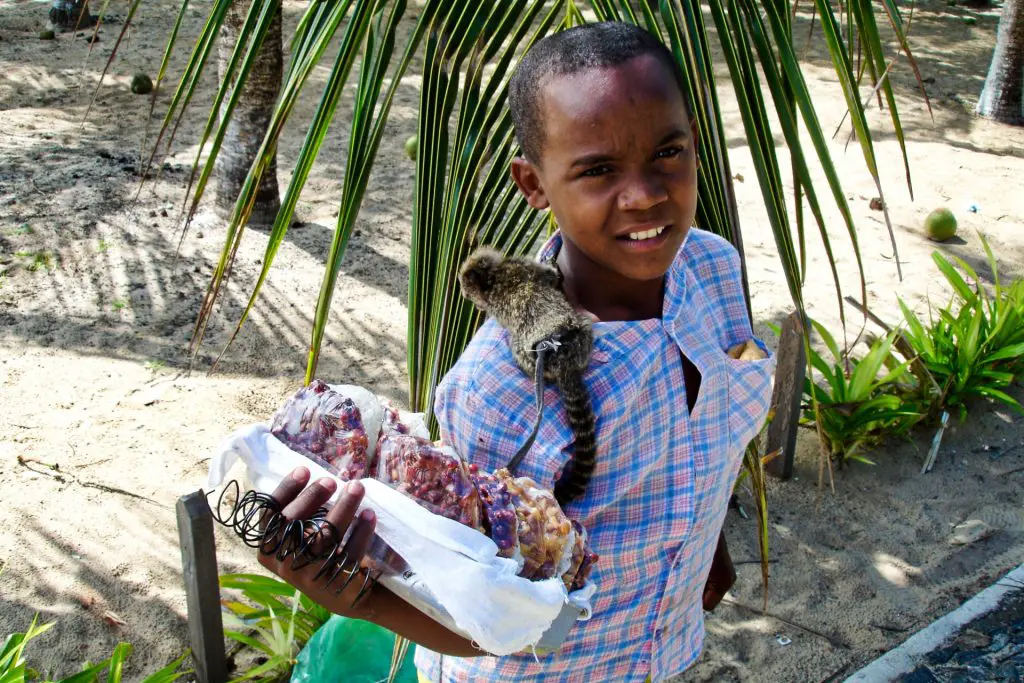
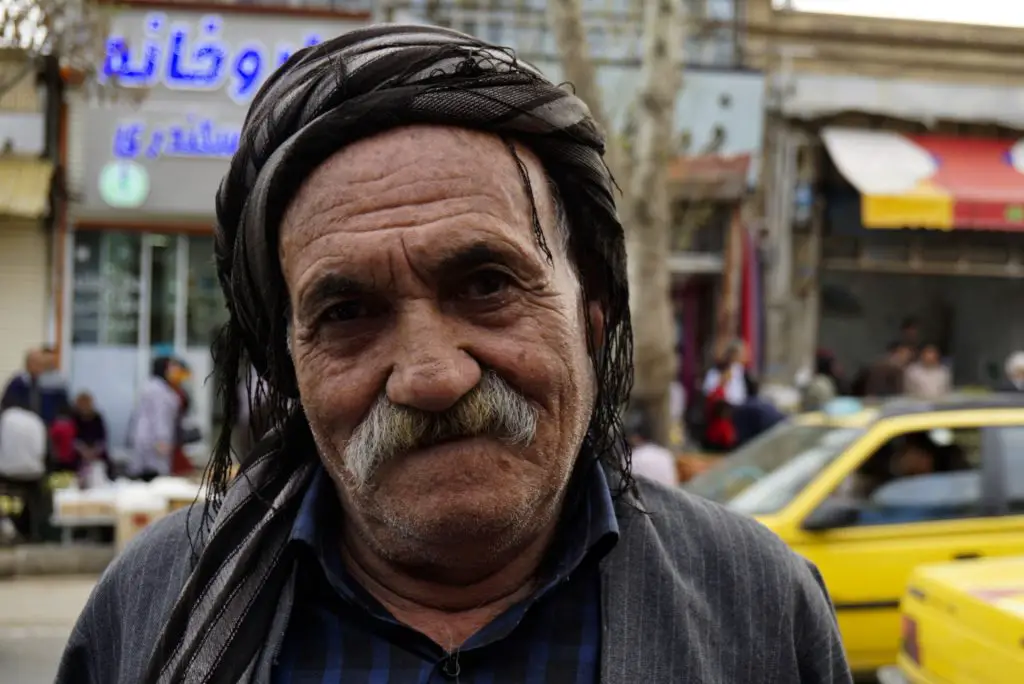
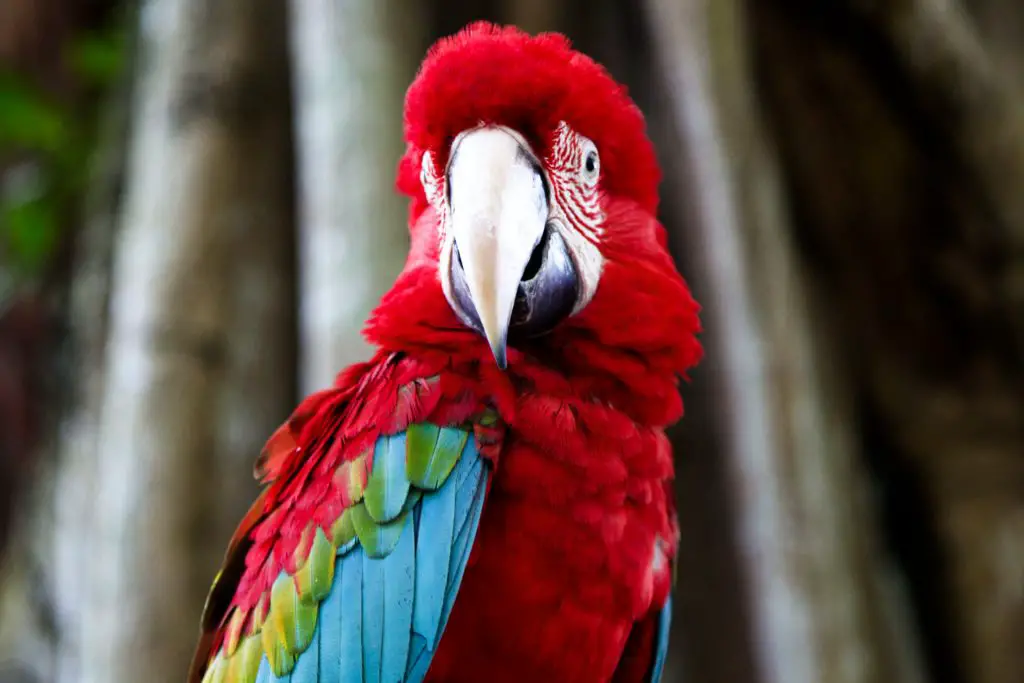

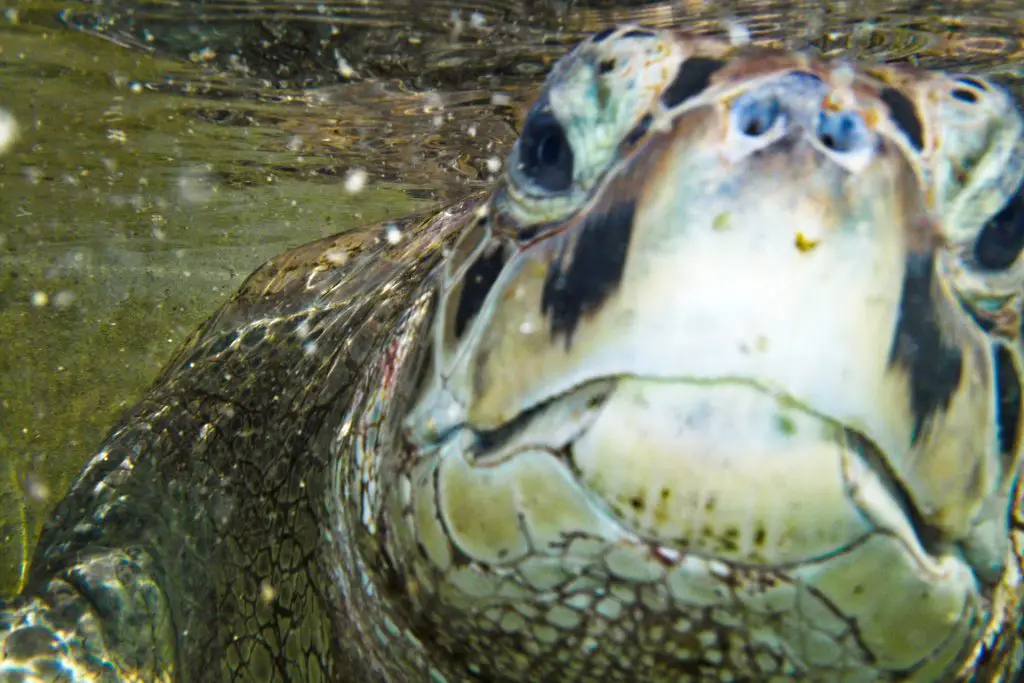
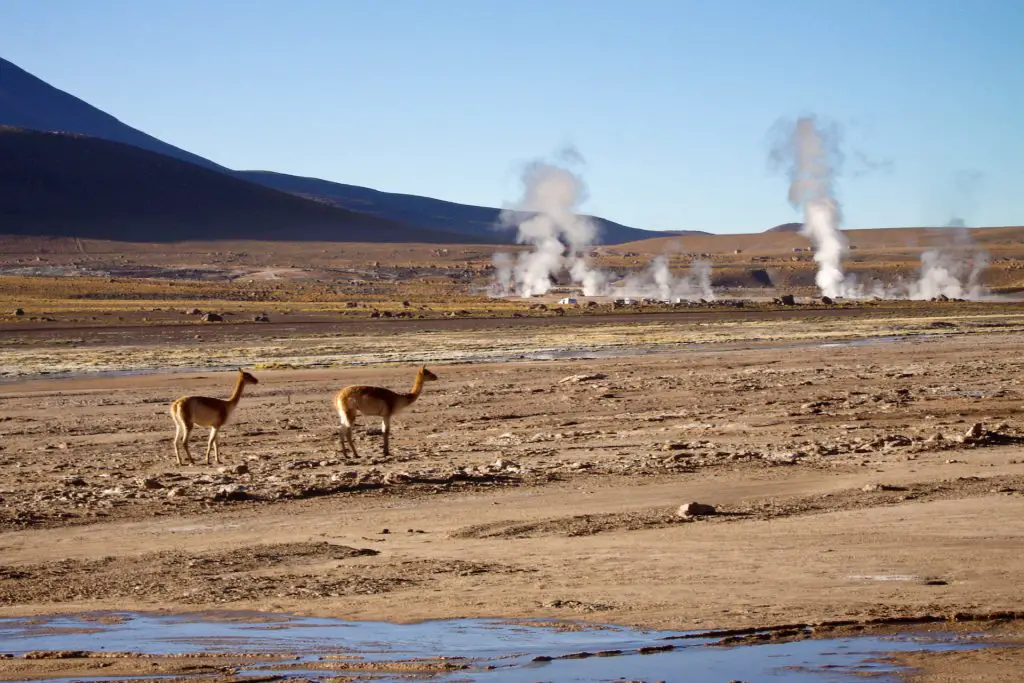
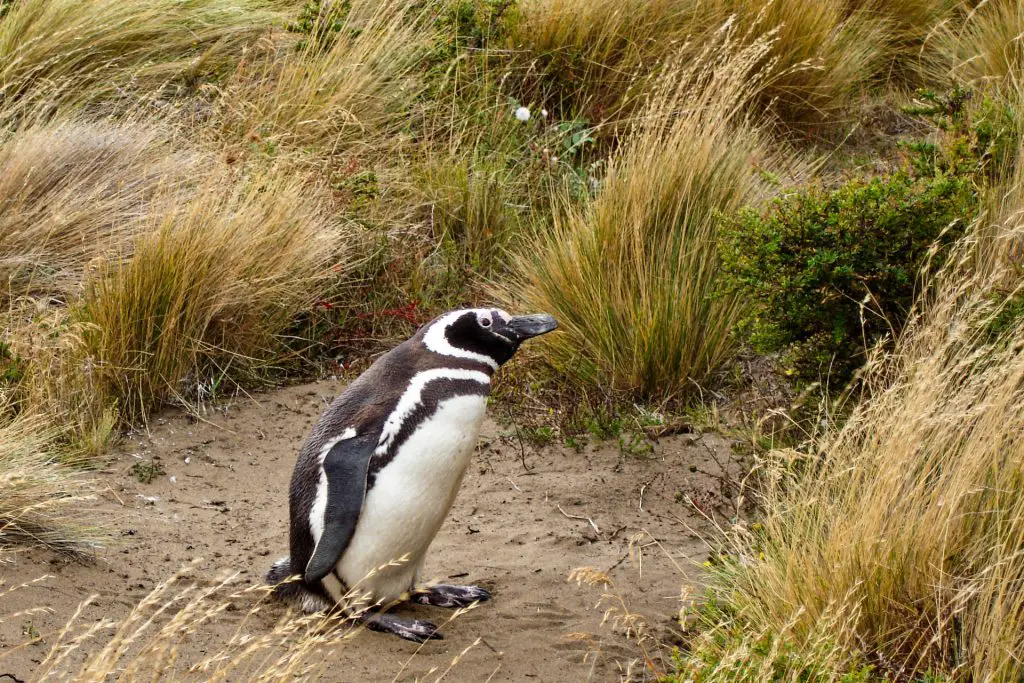
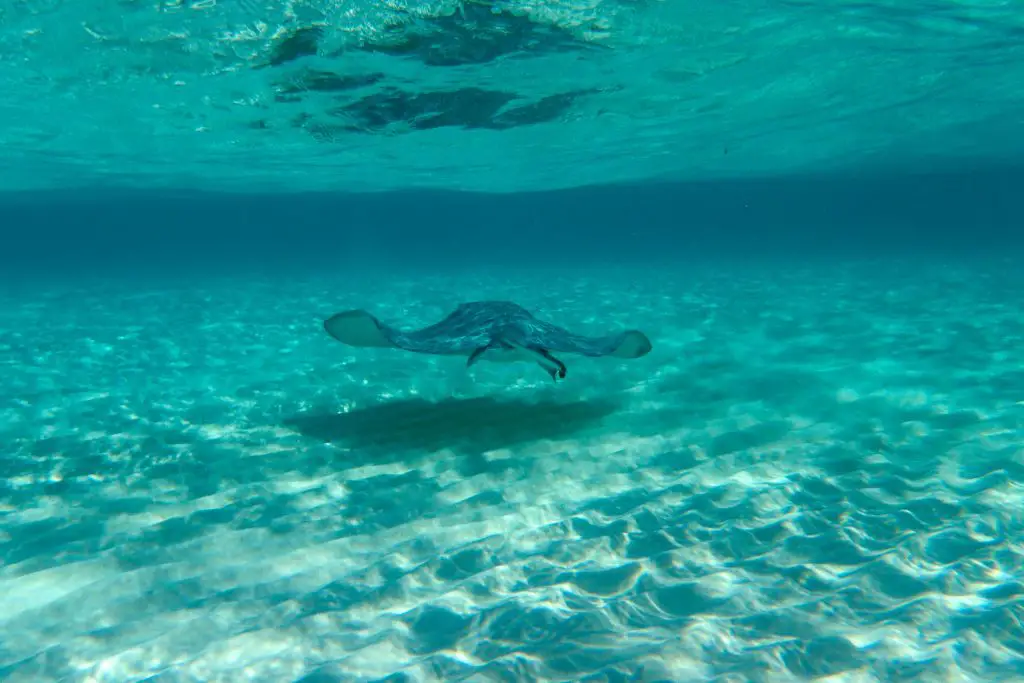


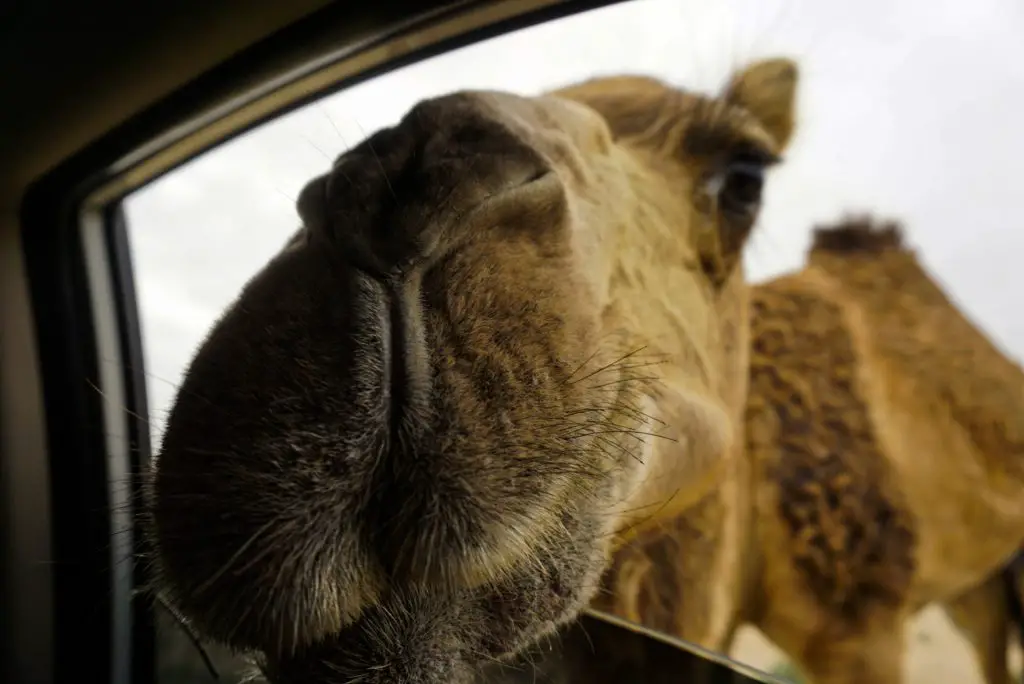
Great article. I don’t know how I haven’t thought of most of these tips before. Thank you for making me a more responsible photographer.
You’re most welcome, Mike! I’m happy to hear so 🙂
You have such a unique style! I love when I find that in a sea of same-same. I subscribed, and I can’t wait to see what’s the next adventure.
And this post is exactly what I was looking for. It’s easy to forget about sustainability while taking pictures, but I feel like I’m much more prepared now. Thanks!
Awww! Thanks for your lovely words, Elisabeth! ❤️
This is such a good post! It’s so important to remember these things when traveling, especially in developing countries. Thanks for sharing.
Thank you, Rachel!
These are such helpful tips! I particularly appreciate the geotagging in nature one. It’s sad when people feel the need to visit a place just to get a photo and don’t care enough to preserve the surrounding area while they’re there.
It’s really sad that people would do anything ‘for the gram’. Obviously all of us photographers want beautiful pictures, but we need to have professional ethics up at front!
What useful tips! Sneaking photos of strangers is literally one of the worst things a photographer can do. Not only is it very creepy and rude but it in certain cultures it can bring women in serious trouble if a photo of her surfaces somewhere on the internet. Therefore it’s best to put your camera down when (especially heavily veiled) women pass by and take photos only if the scene is clear.
Also, I had no idea what detrimental effects geotagging can have in the wild! I always thought it was snobby to intentionally hide beautiful spots from others but I didn’t know that it can cause as much harm as leading poachers to their potential prey!!
You are so right, Arabela! In Muslim countries, when asking to take a photo, I’ve been told by some women that it could put them in danger. Most of them happily say yes, but for those that are not comfortable, it’s really important to always ask. And as for geotagging, it never cease to amaze me how technology can be use for evil, so it’s necessary to always asses the risks.
Lovely post. I feel there are lots of photographers out there who need to read this and re-evaluate their practices
I couldn’t agree more! 🙂
Nice feeling travel photography. This is a wonderful site. Great advice too. Thank you!
Thank you! Hope you put the advice to practice to become a sustainable travel photographer!
Thank you for sharing all these tips. I can’t believe I haven’t thought of some of them. I feel much better prepared now to go back out to photograph the world! I particularly loved your advice on taking photos of things that aren’t pretty. We think about IG so much that we start to forget how beautiful reality might be. Thanks for opening my eyes! ❤️
I’m so glad you found this helpful! I truly believe that we need to travel sustainably, and photography can have a huge impact, so we need to pay closer attention to our habits. Best of luck with the new approach! 🙂
It’s so important to be kind and mindful of the people or animals we want to photograph. I actually saw some people taking pictures using the blitz in a church (where it was forbidden) and of some animals. And I see so often people trying to sneak and take pictures without the aproval (or despite an interdiction) from some people or in some location. It’s actually so bad that there is such a run after the perfect photo that nothing matters. Great tips and recommendations – I hope more and more people follow them!
It’s really upsetting seeing how many just don’t care. The bright side is that many do care, and it’s up to us to spread the word
I think all of these points are so valid. It’s kind of crazy that getting a photo of that one spot has become so insane.
It’s the dark side of social media. People think they need the “perfect” shot to display the “perfect” world they live in. Hopefully more people will become aware of the damage they’re causing with their lies…
So many great tips and really important for everyone to know. Sometimes people are so concerned with getting the right photo they don’t think about the right way to get the photo. In all seriousness though, can we all agree that photo of the camel is the best?!!
That camel is THE BEST example of letting nature come to you! ❤️
What an awesome post and I completely agree with all of these points! I get so angry when I see people ignoring laws, destroying nature or risking their own safety for a shot. I hope more people learn to adopt these tips! 🙂
Thanks so much, Vanessa! I hope so too, that’s why I wrote this post, and why I’m standing up for sustainability every chance I have 🙂
Such an important subject! I love all your points, we’ve got to remember to respect people, animals and nature. I wish everyone would be more concerned about not leaving a trace.
I wish so too. So the homework is to spread the word -slowly more and more people will see how important it is to care 🙂
This is such a good post. There are several places near me that have to close for half the year because people don’t respect the area. They just want to visit for the “gram” and don’t get me wrong I love getting travel photos but not at the expense of losing some amazing natural places!
That’s exactly my point! Travel photography is wonderful, but preserving nature is way more important, so we need to understand that there’s a line we cannot cross. Shame about those places close to you. Hope they recover soon!
Love all these tips. Going to be more mindful of them on all my upcoming trips. Sometimes, it is impossible to know the laws in some historical places though. Like in the archaeological park of the colosseum, they don’t let you use tripods. Don’t know why that is, but the thing is that there is no sign about that anywhere around. It is just when they see you open up yours that they come and ask you to put it away.
In almost every museum the use of tripods is prohibited. And they’re starting to do the same with archaeological sites. It’s really easy to use a tripod as a weapon (intentionally and even unintentionally), so it’s understandable. They should state it at the entrance, though.
I’m really glad you found this guide useful. Hope you also spread the word 🙂
These are all such great tips. I completely agree with you that we have to be courteous and respectable when taking our photos. Thank you for bringing this to our attention!
I’m glad you find this useful, Michelle. I’m always happy to bring awareness to such an important issue 🙂
Fab post. I wish more people know about the Leave no trace rules. They are not hard to follow, so it is so sad when people get it so, sooo wrong. Having said that, it can be very hard to let people know when they are in the wrong, as with some people it will put their back up and make more sure they are doing the right thing. 🙁
P.s. LNT are considering adding an extra rule about not geotagging specific areas/ posting on social media. It seem very controversial though.
Standing up to people can be hard, but it’s important to at least try. I’ve been surprised as to how many people have actually thank me for letting them know about the right way to behave. As for LNT, they need to be advertised more, especially outside the US. I’ve read the discussion about adding no geotagging, and I think the main problem is awareness -there would be no need for rules if people were aware of the damage they can cause. Most still think that their isolated actions will have no effect, but they fail to see that most people have the same logic, having a dangerous accumulative effect.
This is some awesome advice. I especially like the idea of not only taking pretty pictures. It’s important to show all aspects: the good AND the bad. I also love my Sony a6400 camera!
I’m glad to hear you see it that way too. In today’s world everyone is after the perfect shot, and reality seems to be becoming irrelevant. Shame, because there’s beauty in the raw and ugly too.